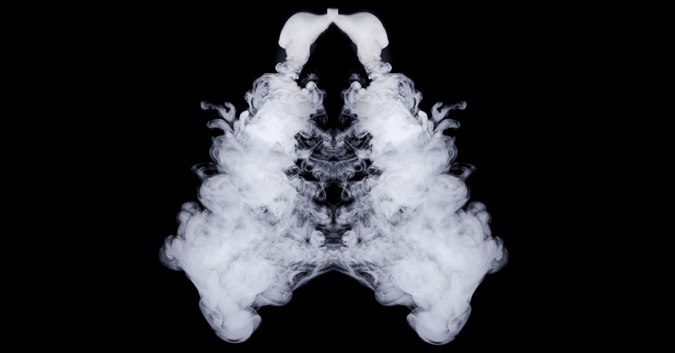The U.S. Centers for Disease Control and Prevention (CDC) announced a potential breakthrough in the agency’s investigation of the nationwide outbreak of a mysterious lung disease that is tied to e-cigarette use and vaping.
Known as EVALI (short for e-cigarette, or vaping, product use associated lung injury), the mysterious vaping illness has injured 2,051 people and killed at least 39 since it was first recognized.
On Nov. 8, the CDC said that lung fluid samples, taken from 29 patients with EVALI, tested positive for vitamin E acetate. This marks the first time that the CDC has detected a potential chemical of concern in patients with EVALI, and the agency reported that the “findings provide direct evidence of vitamin E acetate at the primary site of injury within the lungs.”
The samples came from 10 different states and included at least 2 people who died. With the exception of Alaska, every state has reported a vaping injury and 24 states have confirmed fatalities.
Since the outbreak first started, the CDC has been working around the clock with the U.S. Food and Drug Administration (FDA), state and local regulators, as well as physicians across the country to make sense of this startling new disease. The identification of vitamin E acetate inside the lungs of EVALI patients is a major step forward, but there is a long way to go.
What Is Vitamin E Acetate?
Vitamins are organic compounds that the body needs in amounts it cannot produce itself. Not getting enough of a certain vitamin — or getting too much — can lead to medical issues. Vitamin E is present in many foods, such as vegetable oil, cereals, fruits, and vegetables.
Vitamin E acetate is also known as “tocopheryl acetate,” or, more simply, as “vitamin E oil.” It is a synthetic form of vitamin E, and it is used as an ingredient in many hand lotions and skin creams, and as a dietary supplement.
The oil is safe if it is used topically or ingested in healthy quantities. Breathing the fatty substance into the lungs, however, can be very harmful. According to the CDC, “Previous research suggests when vitamin E acetate is inhaled, it may interfere with normal lung functioning.”
Why Is Vitamin E Acetate in E-Cigs and Vaping Devices?
Generally, it is not a good idea to inhale oily substances. In addition, when it comes to e-cigarettes and vaping devices, many users have no idea what is inside the products they are inhaling. This is especially true for black market vaping devices and cartridges, which the CDC has explicitly cautioned people against using.
Vitamin E acetate has been on regulators’ radar since this summer when health officials in New York State found high levels of the substance in sick patients.
At the time, health officials thought the oily substance may have been used as a “cutting agent” to fill cartridges for illicit THC vaping products (THC is the psychoactive drug in marijuana). Unlike other cutting agents, the thick Vitamin E acetate would not visibly thin out THC oil. This meant that buyers would have no idea that the THC had been diluted.
Vitamin E oil rose in popularity for dealers who wanted to stretch their supply of expensive THC oil with the cheaper substance. Several companies marketed vitamin E oil for this purpose and are now under investigation by New York State and others.
According to the CDC, THC is present in most of the samples the agency has received from EVALI patients. Some patients, however, say they only vaped nicotine, and 18% of the lung fluid samples did not contain any THC.
Vitamin E acetate has also been used as a thickening agent in e-liquids, which could explain its presence in the non-THC samples.
Other Vaping Substances Under Investigation
“While it appears that vitamin E acetate is associated with EVALI,” the CDC said, “evidence is not yet sufficient to rule out contribution of other chemicals of concern to EVALI.”
On the same day as the agency announced the testing results, Dr. Anne Schuchat, principal deputy director of the CDC called vitamin E acetate “a very strong culprit of concern” in a telephone briefing. She said that researchers must now work to show a causal link between exposure to vitamin E acetate and the development of EVALI, which has yet to be established.
Schuchat described the results as a “breakthrough,” but cautioned listeners that “many substances are still under investigation.”
At least a dozen toxic chemicals, metals, and fungal toxins have been found in e-cigarettes, and relatively little is known about their long term health effects on users. In its statement, the CDC said they tested the samples for a range of other harmful chemicals, “including plant oils, petroleum distillates like mineral oil, MCT oil, and terpenes,” but none were detected.
The CDC updates its information about e-cigarette lung disease every Thursday.
